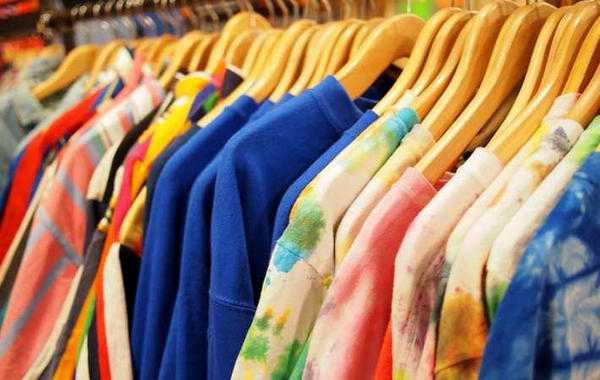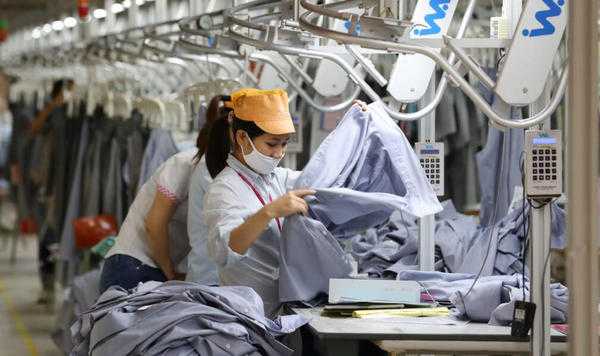Digital transformation is an inevitable trend of Vietnam's textile and garment industry

According to a report by the Vietnam News Agency on April 16, 2023, digital transformation, formulating design-compliant or recycling old clothes are the activities adopted by Vietnam's textile and garment industry to create a circular economy.
Nguyen Phu Hung, vice chairman of the Ho Chi Minh City Enterprise Association, said that textile enterprises in the association are facing many difficulties, including lack of funds and difficulties in obtaining loans. So, from mid-2022 until now, textile companies have not invested and tended to resell, thus losing their brands.

Statistics show that in the first quarter of 2023, Ho Chi Minh City's textile exports fell by 8% year-on-year. The Ho Chi Minh City Enterprise Association predicts that textile enterprises will face many difficulties and challenges in the future.
Pham Van Viet, vice chairman of Ho Chi Minh City Textile Embroidery and Knitting Association and general manager of Viet Thanh Jean Co., Ltd., emphasized that one of the key measures to reverse the situation and reposition Vietnam's textile and garment industry is to carry out digital transformation.
Fan Wenyue revealed that since the digital transformation of Yuesheng Jean Company, not only human resources have been optimized, but also business operations and product quality have also been significantly improved. In addition, the company applies nanotechnology (nano) and ozone technology in fabric dyeing and toning, thereby helping to minimize waste emissions.
In addition to digital transformation, building a circular economy is also one of the urgent needs of current textile companies. Regarding this issue, Fan Wenyue pointed out that the circular economy is to realize the reuse as much as possible and eliminate the adverse impact on the environment from product design, production to service supply and other links.
Saving resources, protecting the environment, promoting economic development, and maintaining social benefits are the four basic benefits brought by circular economy. This is exactly consistent with the 3R principles mentioned in the world for a decade - reduce raw materials, reuse and recover items.
Pham Van Viet pointed out that although the textile and garment industry makes a huge contribution to the economy, it is also one of the largest polluting industries in the world. As a result, many countries around the world have introduced sustainability standards for imported textiles. This requires Vietnam's textile and garment industry to achieve "greening" to promote sustainable development. From this point of view, it is an inevitable trend for Vietnam's textile and garment industry to achieve sustainable development in the direction of circular operation.

The reporter learned that many textile enterprises have achieved "green production" and achieved initial results. For example, Faslink invested in the construction of a number of factories with a total area of 10,000 square meters, equipped with more than 300 sets of modern equipment and developed 5 kinds of "green" fabrics, such as: coffee grounds fiber, lotus fiber, shell fiber, coconut fiber, Mint fiber.
In addition, Berjaya Trade & Investment Textile Joint Stock Company has successfully produced and distributed products made of recycled fiber or bottle fiber, corn fiber or natural materials and are favored by fashion brands such as Japan, Adidas or North Face.
According to the forecast of the Vietnam Textile and Apparel Association, the difficulties in textile and apparel export activities will continue until the end of the second quarter of 2023. Therefore, digital transformation, supply chain greening, and production greening will be the steps to achieve breakthroughs in the textile and apparel industry in the future.
2023-05-08 11:24


